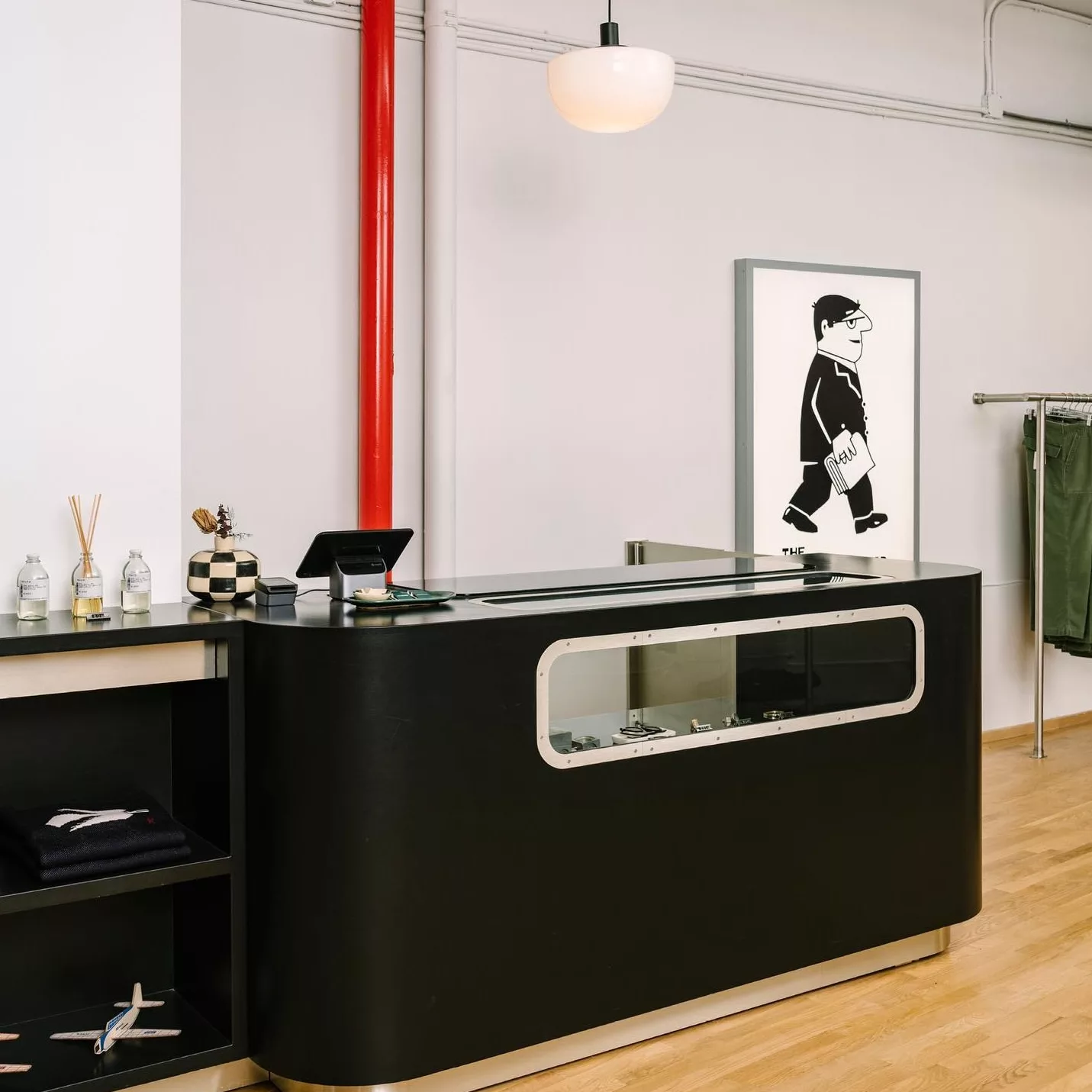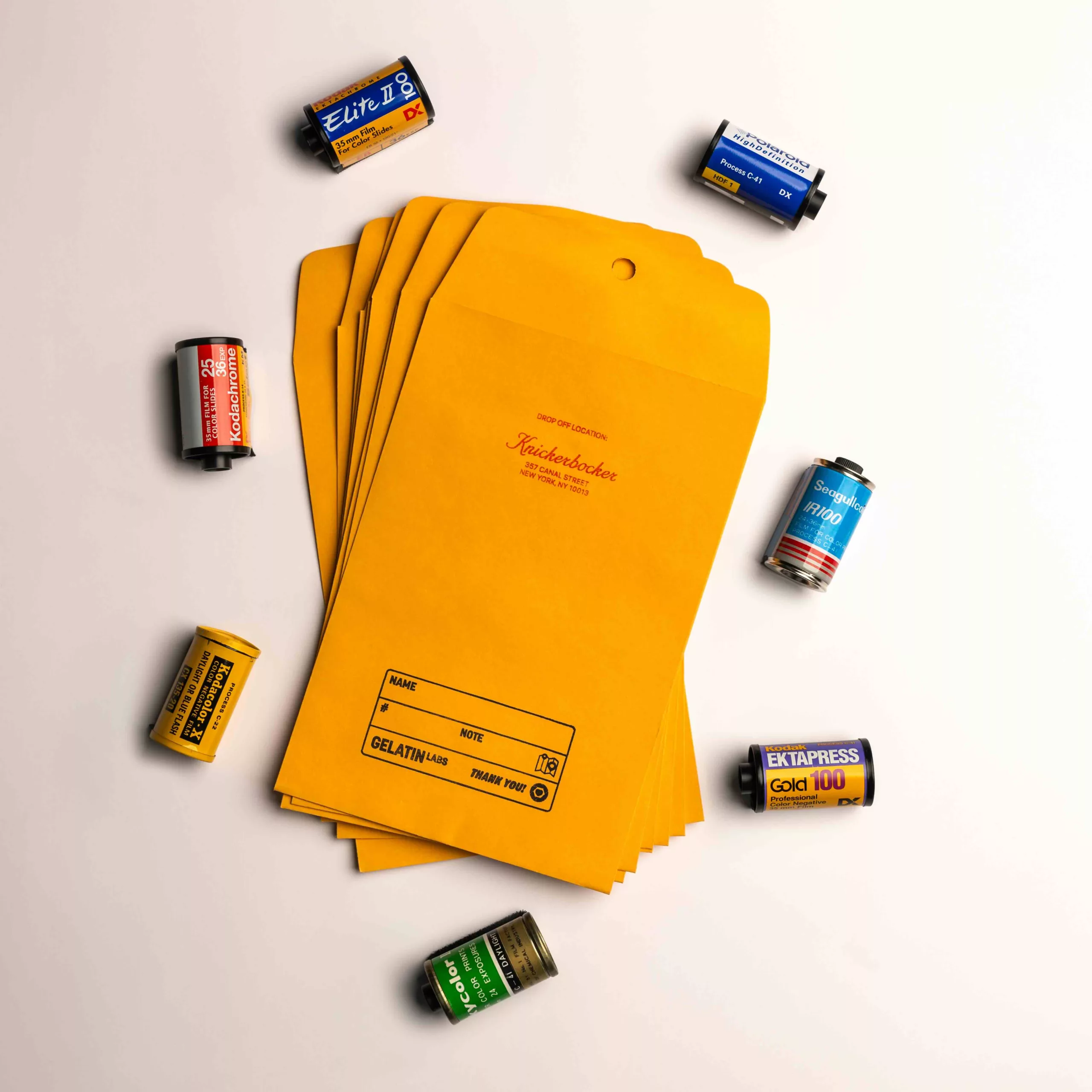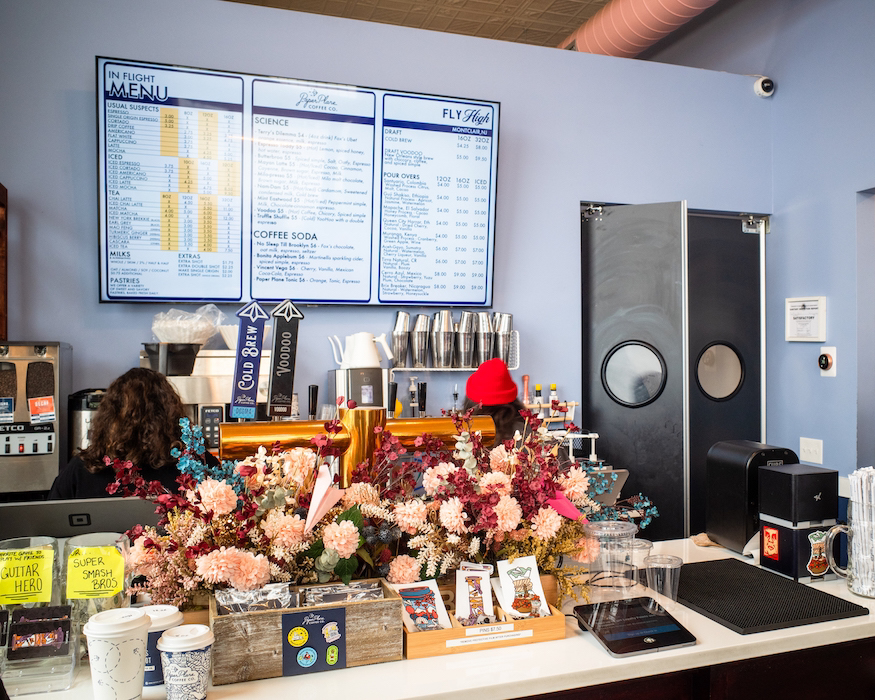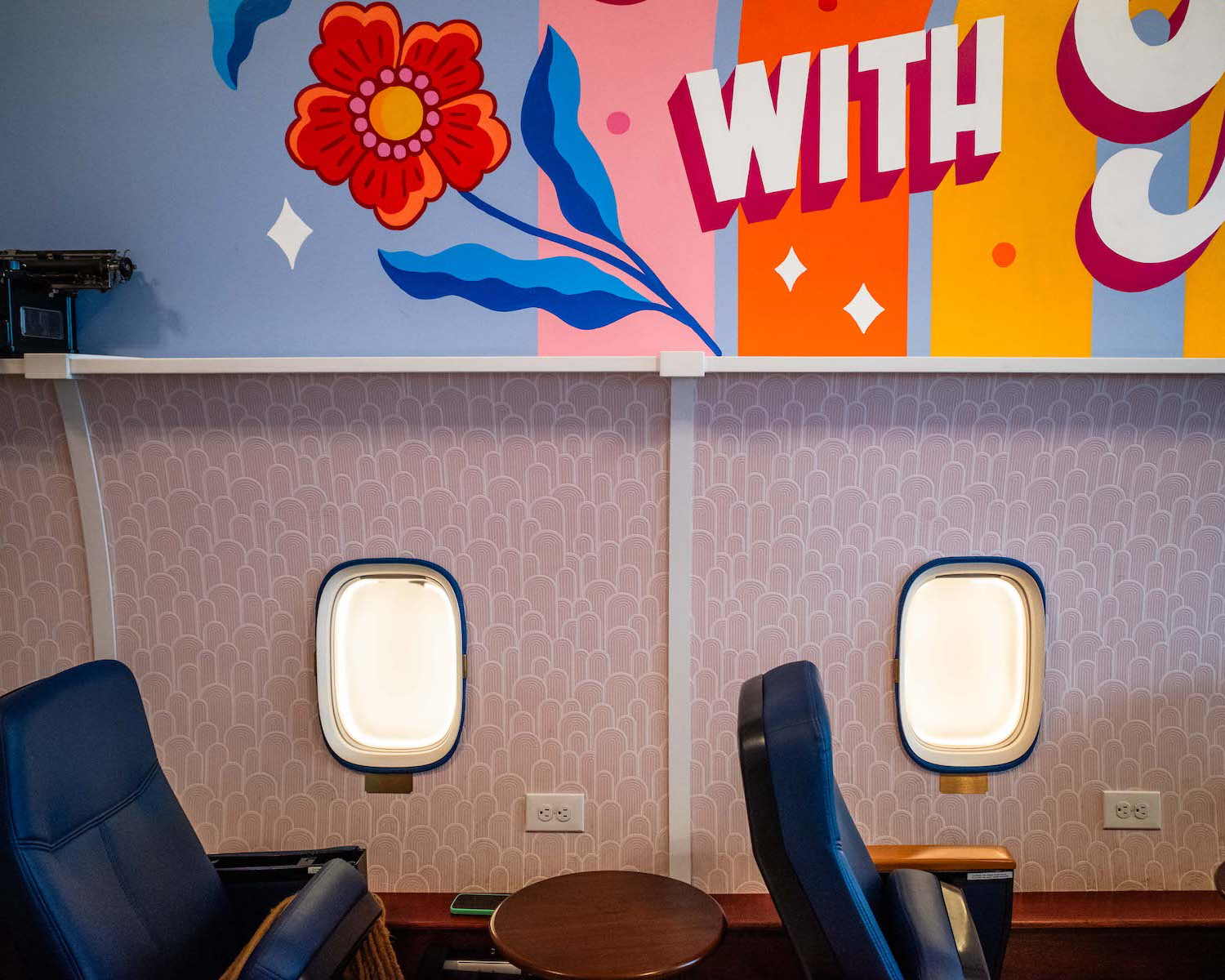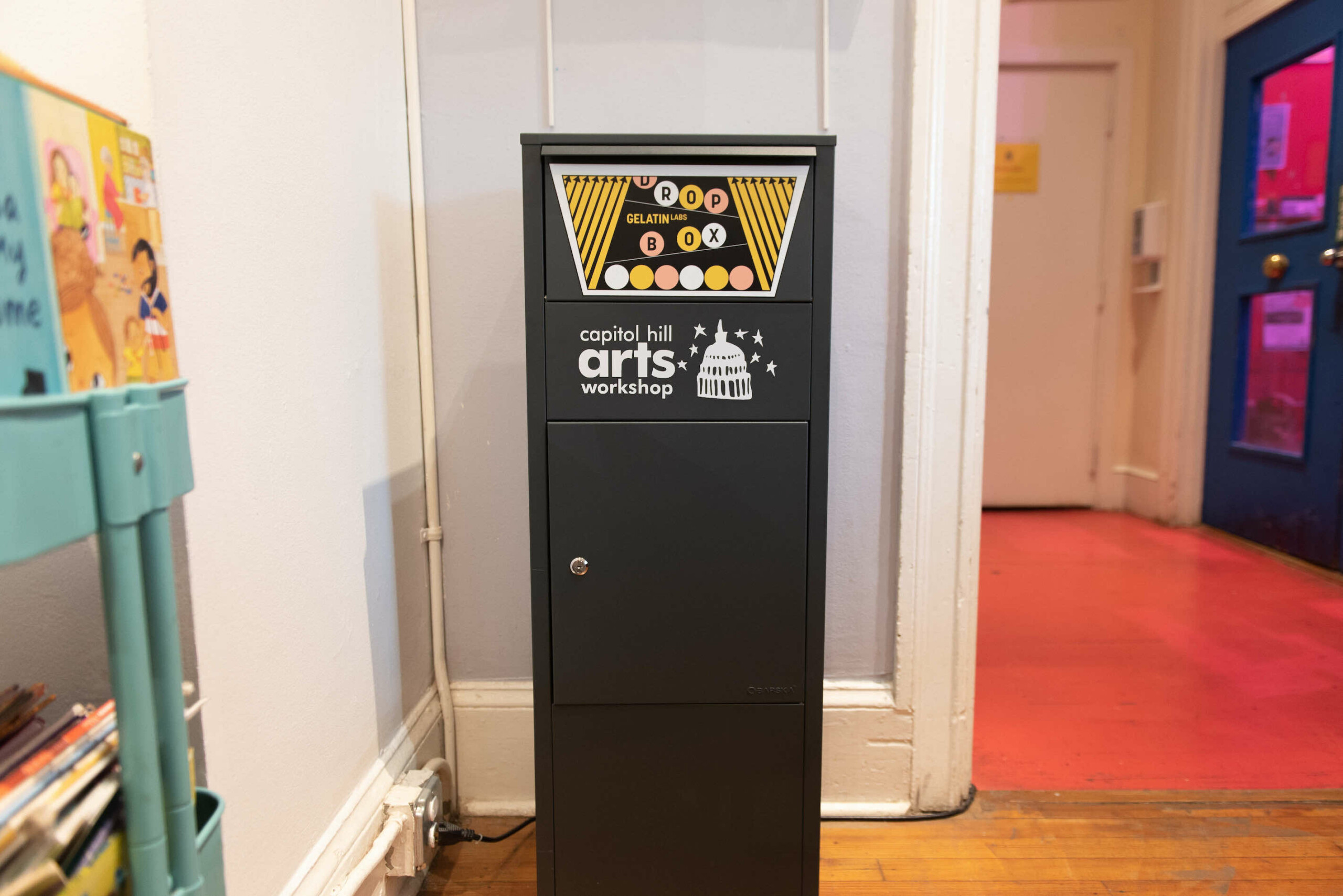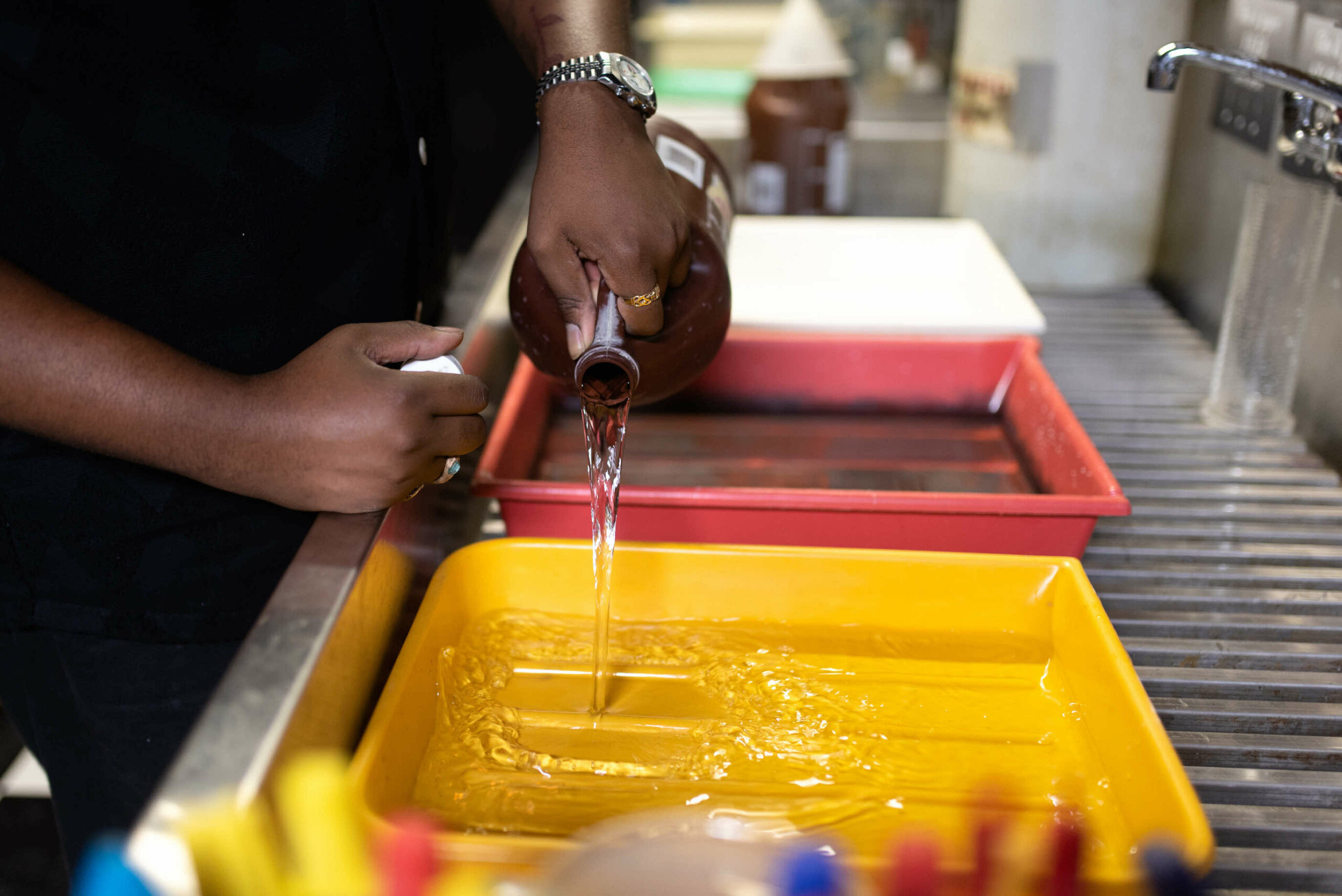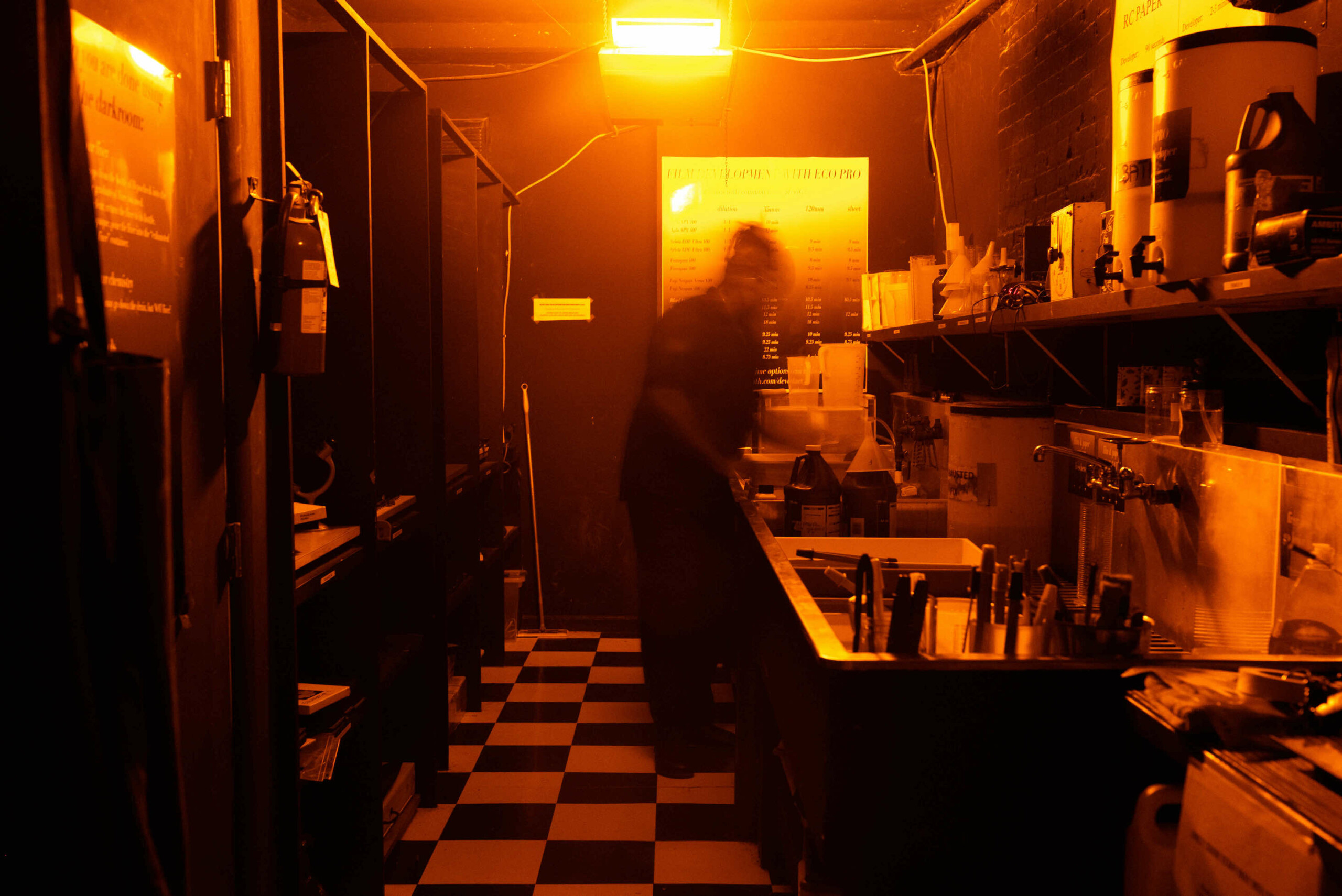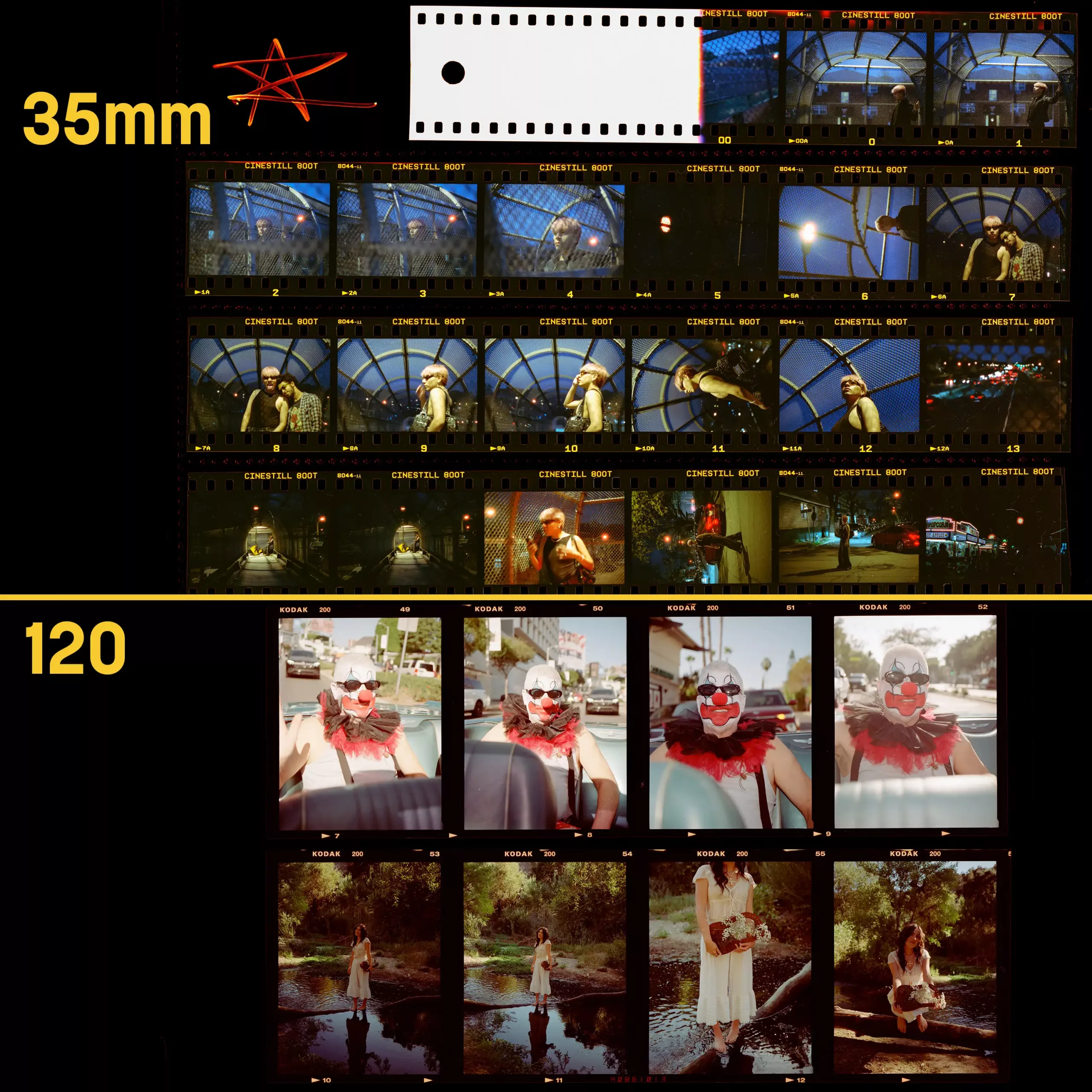In the era of digital photography, where people are clicking photos with just a tap-on button to produce a photograph, darkroom printing techniques provide a nostalgic feeling. Filmmaking is a difficult process because if you don’t use accurate techniques while applying darkroom techniques then you may not get the desired result. Darkroom printing can be helpful for film developing nyc and it is a traditional photography process that involves the transformation of photographic negatives into prints with multiple techniques. In this article, we will explore how people were using negatives to get a print during darkroom printing techniques.
Process Involved in Darkroom Printing
Following are some steps that are involved in darkroom printing techniques it was popular in the past but still, some people are using it like the nyc film developing process:
Setup the Darkroom
The first step to darkroom printing is to gather all the tools and equipment required for printing like enlargers, trays, easels, and multiple chemicals that may be needed for printing and better quality. Darkroom should not have any source of light so that any light-sensitive materials won’t get exposed to light.
Use Enlarger
After setting up your darkroom, you can start your process by selecting a negative and placing it in the enlarger. In this process enlarger will project light through the negative to light-sensitive photographic paper. To get better results, people need to adjust to the size, focus, and composition of the image that they are using.
Select Photographic Paper
Photographic papers are not only of one type but it has several types and each has its unique characteristics. Photographic paper ranges from glossy to matte where the choice of paper is significantly influenced by the final texture and appearance of the print.
Proper Timing and Exposure
It is imperative to control the exposure time because it is a delicate dance between light, time, and the desired effect. If we are putting exposure for a longer time you will get darker while if we keep it for a shorter time then it will produce a lighter print. Hence timing plays a crucial role in achieving the desired contrast and tone.
Develop Chemicals
As we get the exposed photographic paper, it must go through a series of baths from multiple chemicals. In general, these chemicals include a developer, stop bath, fixer, and wash. In this process, the developer brings out a latent image on the paper, and the stop bath halts further development.
Use Burn Technique
In this process of dodging, it selectively blocks the light to lighten some specific areas whereas the burning process is used to darken some specific areas by exposing it to light for more time.
Split Grade Printing
When we are following a traditional method of darkroom printing it requires multiple contrast filters while performing the exposure process because it will control the highlights and shadows separately.
Conclusion
After reaching the final step the developer just needs to maintain the tone of the photograph and leave it for drying and mounting, now this print can be preserved and shown to people who want to see it.




